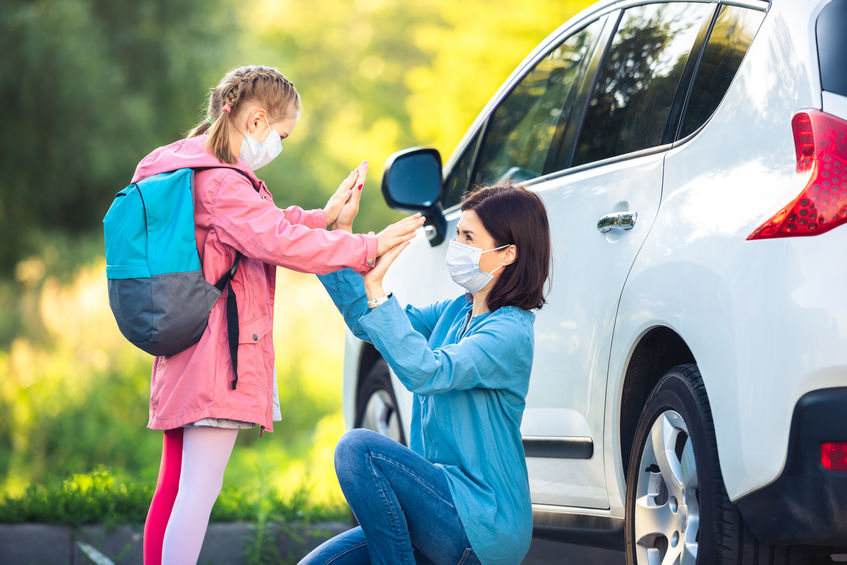Although the 2020 holiday season will be unlike any other we’ve experienced, with social distancing, safety protocols and restrictions on gatherings, millions of Americans still plan to travel throughout the holiday season. Gary Kirkilas, DO, a clinical assistant professor of Child Health at the University of Arizona College of Medicine – Phoenix, discussed his concerns about holiday travel with kids.
This holiday season, parents will face the difficult decision of whether or not to proceed with their travel plans and travel with kids to see loved ones. Holiday travel with kids can often be a stressful ordeal, but during a pandemic, parents will encounter additional demands to keep their family safe. We know that travel, both by air and road, puts us in contact with the public and therefore, more opportunities to encounter COVID-19. Parents should first determine if traveling is worth the risk in the first place. Keeping little ones masked and socially distanced may not be feasible, especially with air travel. Also, think about the people you will be visiting. If it includes high-risk individuals like grandparents, it’s likely not worth the risk to them. With rising numbers of COVID-19 infections, it’s not surprising that the CDC has recently released an official recommendation for people to stay home and avoid travel this holiday season. If you do decide to you travel, however, please follow some of the quick tips below that will help minimize some of the risks you’ll face.
• Have your family get their flu shot. Last year, we saw a record number of children from ages 0-4 years that required hospitalization for the flu. Getting a flu shot 2-weeks before travel will give you assurance that at least you will not have to worry about the flu.
• Try to travel by car if possible. While the airline industry has taken amazing steps in mitigating COVID-19 transmission (HEPA air filters, air exchange, electrostatic spraying), traveling by car will limit your contact with the public. In addition, the road trip experience can be a great way for older children to see new places.
• If you must fly: Try to look for direct flights that will limit the need to change planes and walk through terminals. In addition, the shorter the flight the better as it is said that longer flights dramatically increase your likelihood of infection. Keep your mask on for the entirety of the flight and consider opting out of meals. Lastly, bring disinfecting wipes to sanitize all the high-touch areas.
• Don’t forget to pack masks and hand sanitizers. Along with items such as toothbrushes, diapers, and the pack’n’play, parents will need to make sure they tote along those important pandemic essentials. Pack two masks per child in case one is soiled or lost. When packing hand sanitizer, include a small dispenser that can be stored in a purse or backpack as well as a larger container for refills.
• Get tested for COVID-19 between 5-7 days before you leave. While being tested is just a snapshot in time (a negative test today does not necessarily mean you could not test positive tomorrow), it can pick up asymptomatic carriers of COVID-19. This is especially important because children who test positive for COVID-19 were asymptomatic 15 percent to 50 percent of the time.
Hopefully, limiting travel and following the above tips will ensure everyone has a happy and safe holiday season this year.




